Choosing a TGA-approved temperature checking device
The outbreak of COVID-19 has brought many changes to the way businesses and organisations operate, including the need to conduct routine temperature checks for all people on their premises – including visitors, staff, and contractors. Many companies are selling temperature-taking products, however, the Therapeutic Goods Association (TGA) recently announced new standards that must be met. This means some devices bought before July 10 may no longer be compliant.
Temperature-taking products can be classified as medical devices in some circumstances, which means that consequences for non-compliance can be severe. In August, the TGA fined two Melbourne-based companies $12,600 each for unlawfully importing and advertising these devices in relation to COVID-19.
Here are the key things to remember when choosing a temperature-taking device.
What are the new requirements for temperature checks?
In May, the Federal Government adopted the new Industry Code for Visiting Residential Aged Care Homes. It includes a set of guidelines to protect the health and safety of aged care residents during the pandemic, while facilitating visitations for family members to visit their loved ones. Enabling visitations for residents in care facilities is critical for maintaining mental health, so it remains essential.
Visitors are required to comply with each residential care facility’s infection prevention and control measures. At a minimum, this means being temperature checked on arrival, responding honestly to screening questions about COVID-19 risk factors, demonstrating an up-to-date flu vaccination, practising hand hygiene, maintaining social distancing, and wearing personal protective equipment (PPE).
Entry requirements enforced for aged care facilities can be considered the gold standard, because there is such a strong collective focus to protect our most vulnerable community members. Similar measures are now being rolled out across other industries to ensure the highest standards of health and safety are being delivered as organisations open their doors. It’s especially important in sectors with critical duty of care obligations, such as education, healthcare, and businesses with essential workers who are required to work on site. This leads to the question of how best to conduct these entry procedures, and how to ensure that the technology used to record each person’s temperature is accurate, safe and reliable.
Why are there challenges around temperature-checks?
Temperature monitoring is a particularly challenging aspect of the new requirements, due to confusion around what is, or is not, a medical device. Under the Therapeutic Goods Act 1989, a product is legally considered to be a medical device where it is intended to be used for the diagnosis, prevention or treatment of a disease (among other things). COVID-19 has resulted in an unprecedented dramatic increase in organisations using digital temperature reading devices to diagnose people with a fever and prevent entry to their buildings, however, these devices have created a host of new problems.
Unfortunately, many temperature readers are not designed to accurately read human body temperature, resulting in high levels of variation and inaccurate results – a critical issue when organisations are relying on these results to keep their premises safe. This led the TGA to review its classification of temperature measuring devices, such as those used for screening people using a contactless infrared sensor. On July 10, the TGA announced that they were to be regulated as Class IIa medical devices.
This caused a significant increase in compliance requirements for contactless temperature devices, because it means that many temperature reading solutions sold and implemented prior to July 10 are no longer permitted to be sold or advertised by companies, as they don’t meet health standards.
How can I choose the right thermometer?
When it comes to choosing a compliant temperature-taking device for your organisation, it’s important to double-check that it’s included in the Australian Register of Therapeutic Goods, which is a complete catalogue of the medical devices that can be legally supplied in Australia. If you’re looking for a contactless infrared solution, it needs to be classified as a Class IIa medical device. You can also contact the TGA directly by calling 1800 131 144 or emailing devices@tga.gov.au to ask advice.
Here’s some key questions to ask when choosing a temperature reading solution for your organisation:
- Does it have TGA approval as a Class IIa medical device? (Note Class I no longer qualifies)
- How is the data recorded? Is it secure, and is it easy to review / generate a report if required?
- Does the technology provide real-time alerts and notifications?
- Will the technology save staff members time by being simple to implement and manage?
- Does the system comply with Australian privacy standards?
- Does the product have a warranty?
- Does the supplier offer local support?
It’s also possible to roll out temperature check solutions as part of a more comprehensive system. These systems can incorporate temperature-checking technology into a one-stop-shop, complete with hands-free sign-in, screening and declaration questions for visitors, and a visitor scheduling system that automatically manages visitor limits through automated alerts and notifications.
If you go down this path, make sure you choose a system designed in Australia. This way, it will meet local compliance standards, while maximising the safety of your staff, residents or students in your care. For more information, please contact us https://looplearn.net/contact-us
LoopLearn’s LoopKiosk Thermal product is TGA certified with ARTG ID: 376450
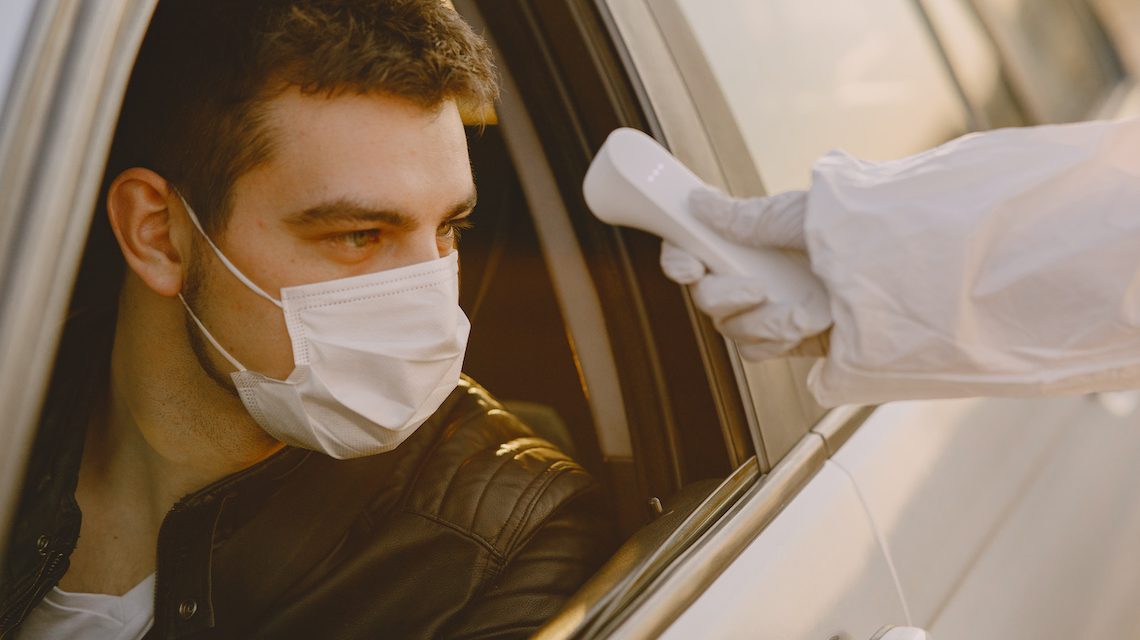
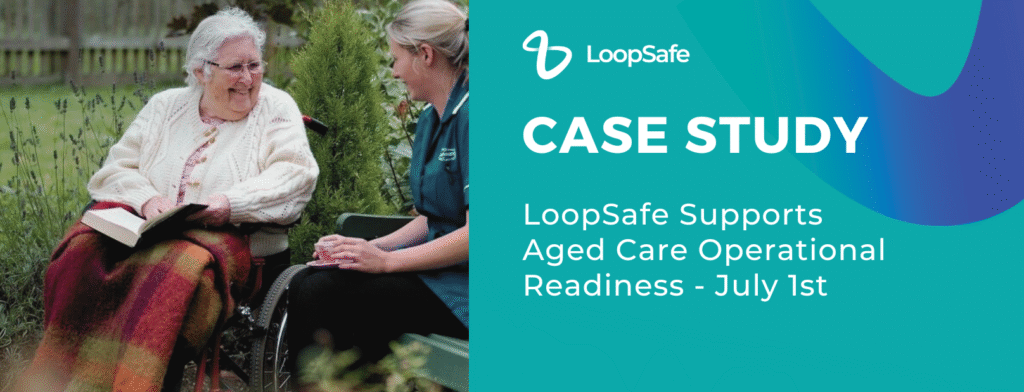
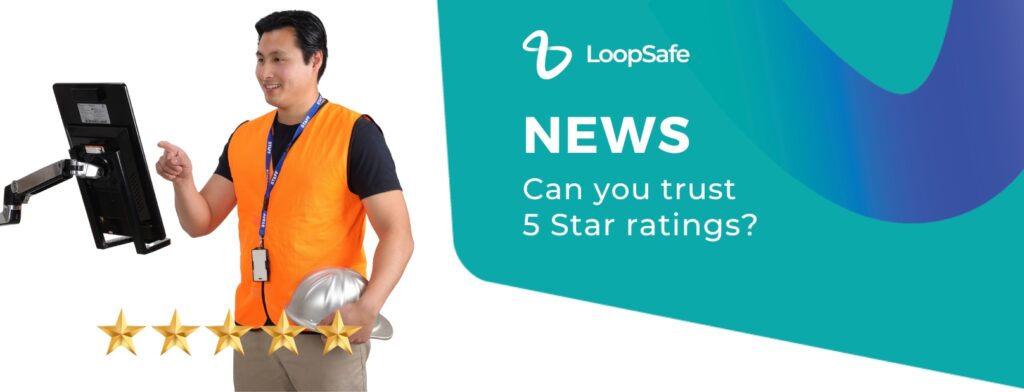



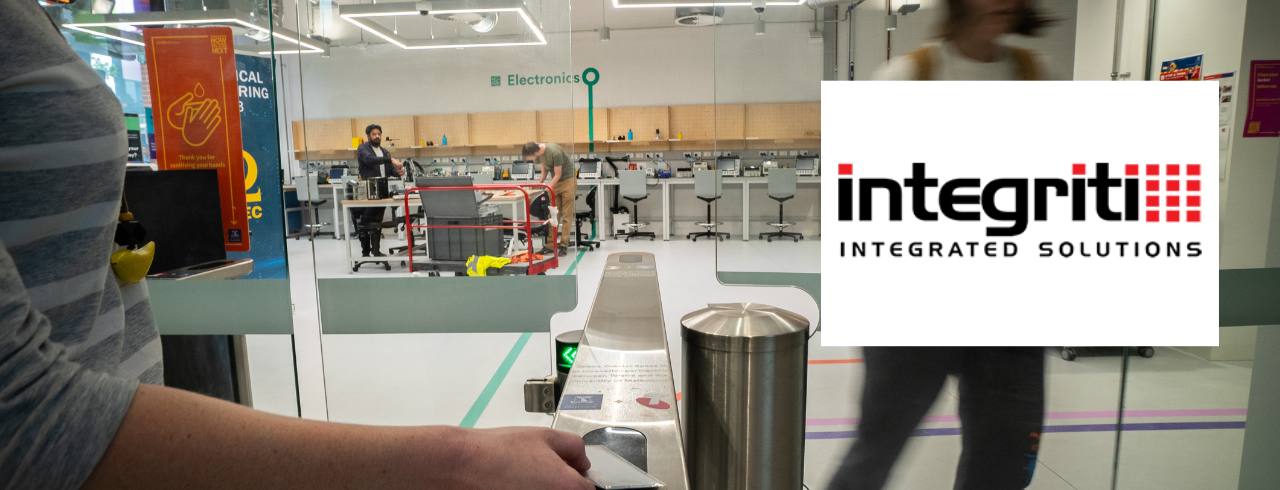
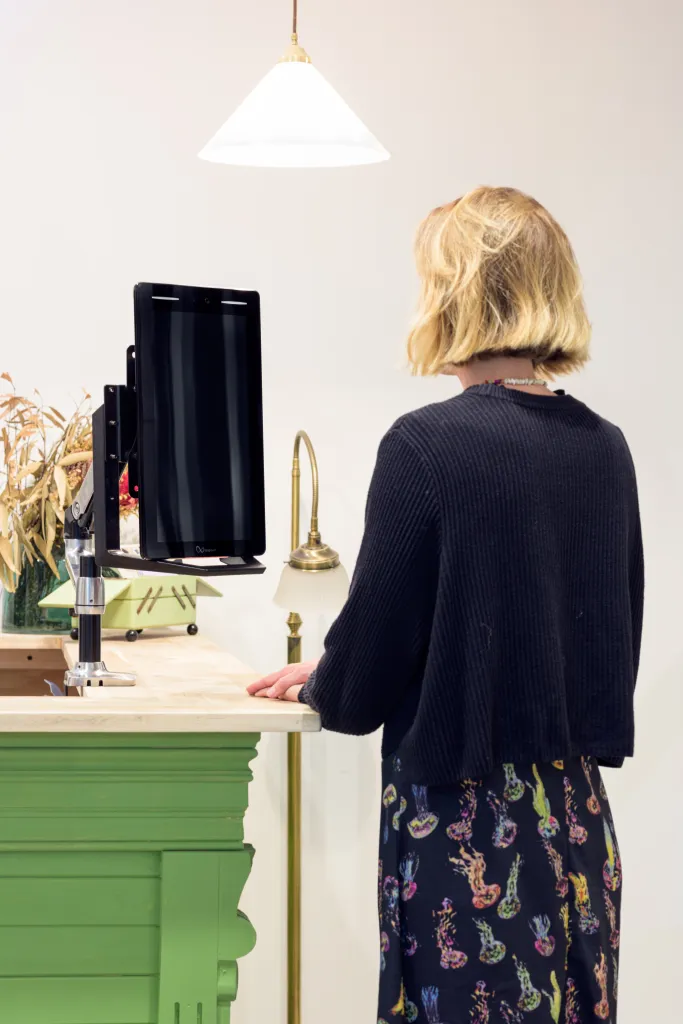
Recent Comments